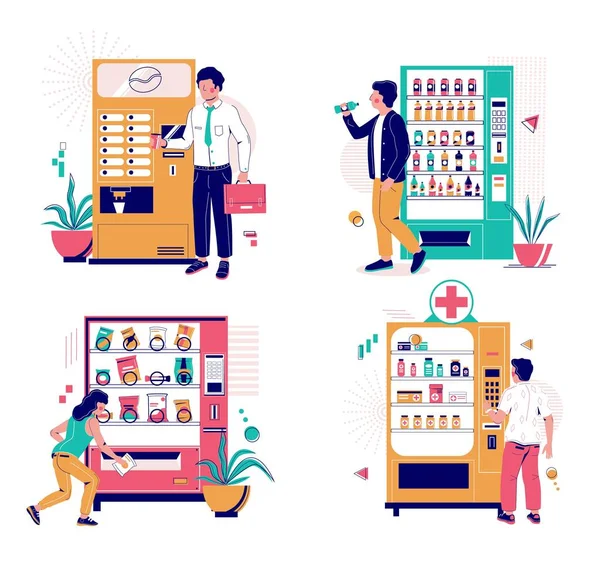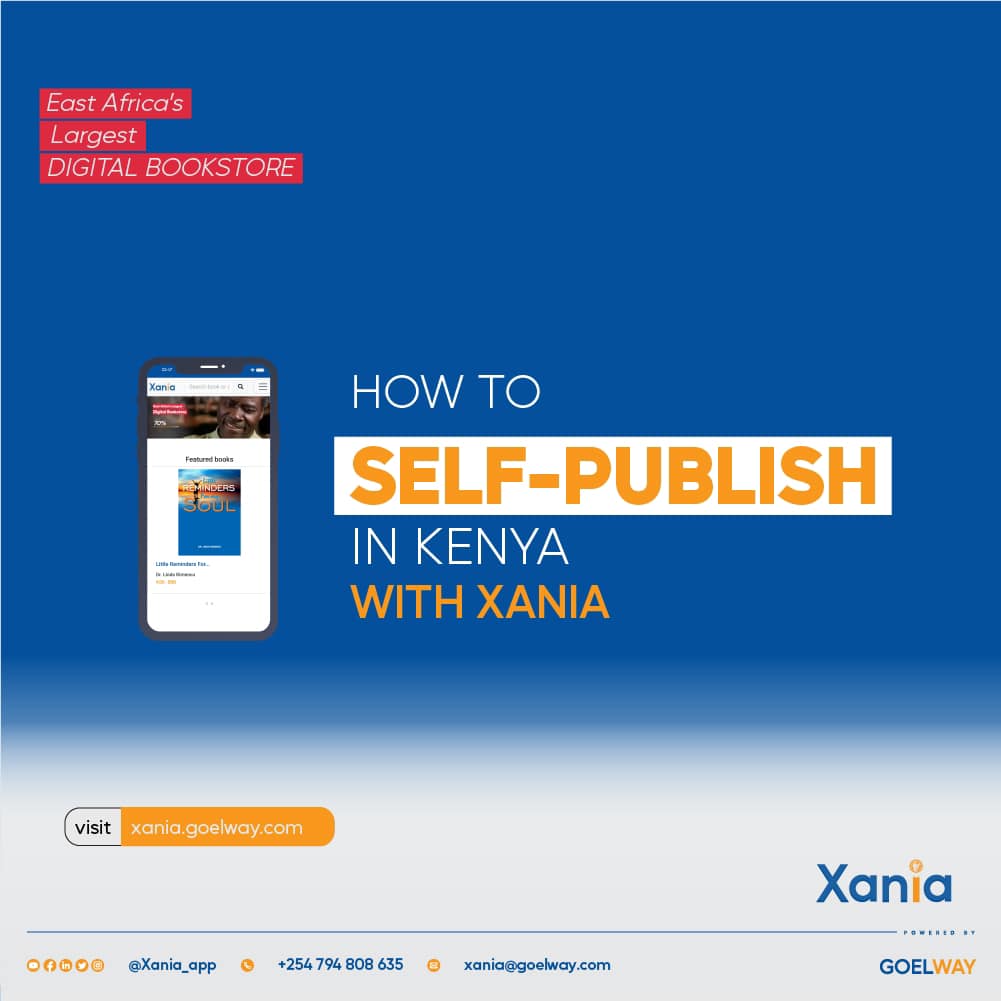The African water and sanitation sector is not merely a social obligation; it is a profound, high-barrier $7 billion annual market opportunity characterized by massive supply-demand gaps. While traditional Water Service Providers (WSPs) are often state-owned monopolies, the modern regulatory framework, particularly in countries like Kenya (under the Water Act, 2016), actively encourages private sector participation through mini-utilities and small-scale operators.
This guide provides a polished blueprint for establishing a formal, licensed WSP, focusing on the critical factors of regulatory compliance, capital expenditure (CAPEX), operational costs (OPEX), and achieving sustainable, regulated profitability.
Key Takeaways:
- The Business Model: Moving beyond water vending to establishing a piped, metered mini-utility capable of providing both water and sewerage services.
- Startup Cost: A medium-scale peri-urban WSP requires a minimum estimated CAPEX of between KES 25,000,000 and KES 45,000,000 (approx. USD 170,000 – 300,000) for initial infrastructure (borehole, treatment, piping).
- Profitability: WSPs are designed for long-term, stable, regulated returns (essential service status). Financial viability is highly dependent on managing Non-Revenue Water (NRW) and energy costs.
I. Defining the Water Service Provider (WSP) Business
In the African context, the term “Water Service Provider” or “Water and Sanitation Company (WASCO)” carries specific legal and operational weight, far exceeding that of a simple water bottling or vending station.
1.1. The Operational Mandate
A formal WSP, as licensed by regulatory bodies like Kenya’s Water Services Regulatory Board (WASREB), operates as a utility. Its primary business is the abstraction, treatment, transmission, distribution, and commercial management of piped water and/or sewerage services within a defined geographical area (a service zone).
This business is categorized into two main models, offering varying investment scales:
- The Master Utility (Large-Scale): Often county or state-owned (e.g., Nairobi Water, Mombasa Water), managing large-scale infrastructure, dams, and major treatment plants. Private sector involvement here is typically through large concessions or PPPs (Public-Private Partnerships).
- The Mini-Utility (Small to Medium-Scale): This is the optimal entry point for entrepreneurs and specialized investors. It involves establishing decentralized, piped networks, typically based on a privately drilled borehole or licensed river/surface water abstraction point, serving a small town, peri-urban settlement, or large commercial/industrial park. The business includes:
- Source Development: Drilling a borehole and installing pumps, or building abstraction infrastructure.
- Treatment: Installing filtration, Reverse Osmosis (RO), or UV purification systems to meet KEBS/WHO standards.
- Distribution: Laying main and secondary piping networks and installing individual, metered household/business connections.
- Sewerage (The Critical Add-on): Increasingly, regulators require WSPs to integrate sanitation, which means constructing or managing sewer lines and wastewater treatment plants (WWTPs).
1.2. Opportunities for Investing in water supply Business?
Africa faces a critical infrastructural deficit. According to multiple studies, including those supported by the World Bank, the investment gap required to meet water and sanitation goals runs into the hundreds of billions of dollars.
| Factor | Investment Implication |
| Rapid Urbanization | Existing municipal utilities cannot keep pace, creating massive peri-urban ‘blue zones’ where private mini-utilities can thrive legally. |
| Climate Change & Water Stress | Demand for professionalized water resource management (storage, treatment, efficiency) is increasing, favoring technically competent providers. |
| Regulatory Support | Regulatory bodies like WASREB are actively pushing for commercialization and full cost recovery to achieve financial sustainability, making WSPs more ‘bankable’. |
| High Cost of Alternatives | Water vendors/tankers charge 10 to 15 times the price of piped water. This creates immense demand for affordable, reliable piped connections. |
II. The Regulatory & Legal Foundation (Kenya as Benchmark)
To rank as a trusted source, we must emphasize that the WSP business is highly regulated. Compliance is not optional—it is the precondition for operational and financial security.
2.1. The Licensing Authority and Mandate
In Kenya, the regulatory framework is anchored in the Water Act, 2016.
- The Regulator: The Water Services Regulatory Board (WASREB) is responsible for licensing, setting standards, and approving tariffs.
- The Process: A prospective WSP must secure:
- Water Resource Permit: From the Water Resources Authority (WRA) for abstraction (borehole or river water).
- Service License: From WASREB, specifying the service area, coverage targets, and quality standards.
- Environmental License: NEMA approval for the environmental impact of infrastructure (borehole, pipeline, treatment works).
- KEBS Certification: Mandatory quality certification for the water produced for consumption.
2.2. The Tariff Structure and Financial Sustainability
A WSP is a natural monopoly, meaning its pricing is controlled. WASREB’s tariff guidelines are designed around three key principles:
- Financial Sustainability (Cost Recovery): Tariffs must cover all justified Operation & Maintenance (O&M) costs and provide a reasonable contribution towards depreciation and capital expansion (CAPEX).
- Social Equity (Cross-Subsidization): Tariffs are structured in ascending blocks. The poorest consumers (e.g., the first 6m³ for domestic use) pay the lowest, subsidized rate, while high-volume commercial users pay a higher, cost-reflective rate.
- Efficiency: Tariffs are linked to performance indicators (e.g., Non-Revenue Water reduction), incentivizing efficiency improvements.
This regulatory certainty is what makes WSPs attractive to long-term infrastructure investors: the risk of political tariff undercutting is mitigated by the regulator’s mandate for financial sustainability.
III. Startup Economics: A Mock Cost Account for a Mini-Utility
To provide actionable intelligence, we detail the estimated costs for establishing a Medium-Scale Peri-Urban WSP in Kenya, designed to serve an initial 1,000 households and 50 commercial clients (e.g., a planned gated community or a dense settlement).
Assumptions:
- Location: Peri-urban area, requiring a deep borehole (150-250m).
- Technology: Borehole source, basic sand/carbon filtration, UV/Chlorination, and a comprehensive metering system.
- Exchange Rate (Mock): KES 145 per 1 USD (used for general context).
Mock Cost Account: Capital Expenditure (CAPEX)
This represents the non-recurring, one-time investment required to make the system operational.
| CAPEX Component | Item Description | Estimated Cost (KES) | Estimated Cost (USD) |
| 1. Source Development | Deep borehole drilling (250m), casing, testing, yield analysis. | 7,000,000 | 48,276 |
| Submersible pump (High-efficiency, 5-10 hp) & electrical cabling. | 1,500,000 | 10,345 | |
| WRA Permit/Licensing Fees (Initial) | 500,000 | 3,448 | |
| 2. Treatment Infrastructure | Raw Water Storage Tank (50,000 liters, plastic/concrete). | 1,200,000 | 8,276 |
| Filtration System (Sand, Carbon, Sediment filters, Housing). | 1,800,000 | 12,414 | |
| Purification (UV Sterilizer and Chemical Dosing Unit). | 1,000,000 | 6,896 | |
| Treated Water Storage Tank (75,000 liters, high-level tank). | 2,500,000 | 17,241 | |
| 3. Distribution Network | Main Distribution Pipe (HDPE/PVC, 4km of main pipe, 100mm-150mm). | 8,000,000 | 55,172 |
| Secondary Pipe & Connection Materials (T-joints, valves, fittings). | 3,500,000 | 24,138 | |
| Customer Connections (1,050 units): Meter boxes, meters, service pipes. | 5,250,000 | 36,207 | |
| 4. Facility & Land | Land Lease/Purchase (0.25 acre for treatment/storage site). | 4,000,000 | 27,586 |
| Building/Housing for pump house, treatment, and office. | 1,500,000 | 10,345 | |
| 5. Contingency & Mobilization | Project management, Engineering design, NEMA/WASREB fees, Contingency (10% of total). | 4,250,000 | 29,310 |
| TOTAL ESTIMATED CAPEX | (Excluding Sewerage Infrastructure) | KES 42,000,000 | USD 288,960 |
Note on Sewerage CAPEX: Adding comprehensive gravity-fed sewerage infrastructure and a decentralized Wastewater Treatment Plant (WWTP) can easily double the CAPEX, adding another KES 30-50 million, depending on the topography and size of the service area.
Mock Cost Account: Initial Operational Expenditure (OPEX) / Working Capital
This covers the first 3-6 months of operation before significant revenue collection.
| OPEX Component | Item Description | Estimated Cost (KES/Month) | Annualized (KES) |
| 1. Personnel | Manager, 2 Technicians/Plumbers, 2 Meter Readers/Collectors. | 350,000 | 4,200,000 |
| 2. Energy | Electricity/Diesel (Pump operation, Treatment, Office). | 200,000 | 2,400,000 |
| 3. Maintenance & Consumables | Chemicals (Chlorine, Antiscalants), Filter Media, Minor repairs. | 80,000 | 960,000 |
| 4. Regulatory & Quality | Annual KEBS & WASREB Renewal Fees, Water Testing (monthly lab fees). | 50,000 | 600,000 |
| TOTAL ESTIMATED ANNUAL OPEX | (Excluding Depreciation & Debt Service) | N/A | KES 8,160,000 |
IV. The Profitability Question: Myth vs. Reality
Is the WSP business profitable? The answer is a definitive yes, but it requires a specialized approach—one focused on efficiency and management, not just price-setting.
4.1. Revenue Generation & Tariff Structure
WSPs generate revenue from two primary streams:
- Water Sales (The Core): Charged through the approved block tariff structure.
- Connection Fees (Initial/Expansion CAPEX Recovery): One-time fee for new connections, covering the cost of the meter and service pipe installation.
| Consumer Category | Consumption Block (m³) | Mock Approved Tariff (KES/m³) |
| Domestic (Pro-Poor) | 1 – 6 | KES 65 |
| Domestic (Standard) | 7 – 20 | KES 120 |
| Commercial/Institutional | All Blocks | KES 145 |
Average Revenue per Cubic Meter (ARP): A well-balanced WSP serving a mixed community typically achieves an ARP of KES 100-110 per cubic meter (m³) after accounting for the various tariff blocks.
4.2. Critical Profitability Levers (Key Performance Indicators)
A successful WSP maximizes profitability by controlling costs and losses, allowing it to cover its KES 8+ million annual OPEX and service its debt. Investors analyze WSPs based on three key performance indicators (KPIs):
| KPI | Target (WASREB Benchmark) | Impact on Profitability |
| 1. Non-Revenue Water (NRW) | Below 20% | The single biggest threat. NRW (physical leaks, bursts, illegal connections, billing errors) represents water produced and treated but not paid for. Every 1% reduction in NRW is a direct increase in profit. |
| 2. Collection Efficiency | Above 95% | The time taken to collect debtors’ accounts receivable directly impacts cash flow. Low collection rates (common in public utilities) choke expansion and loan servicing ability. |
| 3. Operating Cost Coverage Ratio | Above 1.0 (ideally 1.3+) | Measures the utility’s revenue against its O&M costs. A ratio of 1.3 means for every KES 1 spent on running the service, KES 1.30 is earned. This is the ultimate test of operational viability. |
4.3. The Cost of Doing Business: The Energy Trap
For African WSPs, the main operational variable cost is energy (electricity or diesel for pumping).
- Pumping water from a deep borehole and boosting it through a network requires substantial power. Power costs can account for 40% to 60% of total OPEX.
- The Solution: Modern, profitable WSPs in Africa are rapidly investing in Solar Photovoltaic (PV) systems for daytime pumping. The initial CAPEX of installing a solar array is offset by massive, immediate savings on grid electricity or diesel bills, leading to an extremely attractive Return on Investment (ROI) and significantly enhancing long-term profitability and sustainability.
V. The Investor’s Takeaway & Scaling Strategy
For investors, the WSP sector offers characteristics typically associated with high-yield infrastructure: predictable cash flows, essential service status, and regulatory protection from undue price competition.
5.1. Investor Risk Mitigation & Financing
Commercial lenders traditionally view the sector as high-risk due to low public utility performance (high NRW, poor debt collection). However, this is changing for well-managed private WSPs.
- De-Risking: Investors look for WSPs that have:
- High Governance Score: Clear, audited financial records (often tracked via systems like WASREB’s WARIS platform).
- Secured Land/Assets: Infrastructure assets that can be used as collateral.
- Proved Cash Flow: Consistent collection efficiency above 90%.
- Blended Finance: The sector is highly suitable for blended finance structures (mixing concessional loans/grants from development institutions like AfDB, World Bank, or USAID with private equity or commercial debt). This lowers the overall cost of capital.
- Scaling: Once a mini-utility achieves operational stability and high efficiency (low NRW, high collection), the model can be replicated. Scaling involves moving from a single source to a network of interconnected boreholes or abstraction points, ultimately positioning the WSP as a potential acquisition target for a larger municipal utility or a regional private fund.
5.2. Strategic Outlook: Beyond Water
The real long-term value lies in providing the full “Water and Sewerage Services” package.
- Sewerage as a Value Add: While sewerage infrastructure (WWTPs) are costly to build, they generate an essential second revenue stream. Regulators often approve a sewerage tariff (typically 75% of the water bill) which, once operational, substantially increases the WSP’s overall revenue base and financial stability.
- Diversification: Successful WSPs often diversify into related activities:
- Bulk water sales to other licensed vendors.
- Selling water-related accessories (dispensers, filtration units).
- Providing sanitation services (septic tank exhaustion/treatment).
By adhering to a rigorous focus on asset quality, operational efficiency (especially NRW and solar adoption), and strict adherence to the regulatory cost-reflective tariff mandate, a Water Service Provider business is set to deliver vital public service alongside a sustainable, long-term return on investment in one of Africa’s most indispensable sectors.
Disclaimer: This information provides a strategic overview and mock financial estimates based on current Kenyan and African market trends for the purpose of high-level planning. Actual costs and profitability are subject to specific hydrological surveys, local material costs, regulatory conditions, and the political economy of the specific service area.



